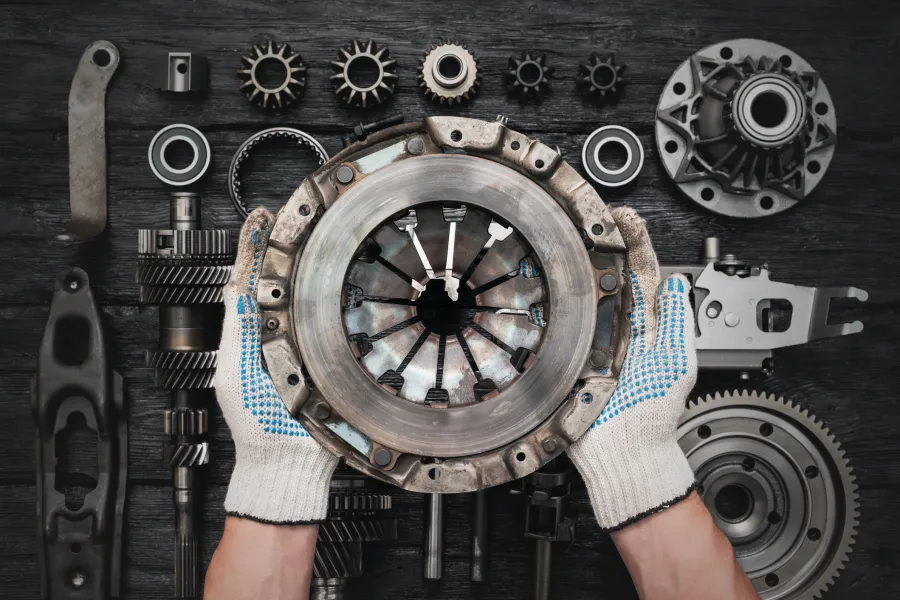Understanding the Signs of Clutch Degradation and Complete Breakdown
A clutch is a vital component in manual transmission vehicles, playing a crucial role in gear changes. Over time, wear and tear can lead to either degradation or complete failure. Understanding these differences can help you maintain your vehicle better and ensure safety on the road. In this article, we will explore the signs of both scenarios, helping you identify issues early and avoid costly repairs.

Signs of Clutch Wear
Clutch wear typically manifests as a gradual decline in performance. You might notice that the clutch pedal feels spongy or requires more pressure. Another indication is a slipping clutch, where the engine revs increase without any corresponding acceleration. This usually happens when the friction material on the clutch disc wears thin, reducing its grip.
Indicators of Clutch Failure
Complete clutch failure is often abrupt and prevents the vehicle from moving. Common indicators include a burning smell due to overheating or damaged components. Grinding noises when shifting gears are another symptom, which might suggest severe damage. If the clutch fails entirely, you’ll find it impossible to engage or disengage gears.
The Role of Clutch Repair in Prevention
Regular maintenance can prolong the life of your clutch system and prevent sudden failures. Scheduling periodic inspections allows mechanics to spot potential issues early. During such checks, technicians might recommend clutch repair if wear exceeds safe levels. Addressing minor problems proactively can save significant costs and inconvenience later.
Common Issues Leading to Clutch Repair
Several factors can accelerate clutch wear, necessitating repair. These include poor driving habits like riding the clutch pedal and frequent stop-and-go traffic. Additionally, carrying heavy loads consistently can put extra strain on the clutch system. Identifying and modifying these behaviors can extend your clutch’s lifespan and delay the need for repair.

Best Practices for Extending Clutch Life
- Avoid riding the clutch pedal; use it only when necessary.
- Shift gears smoothly to minimize stress on the clutch.
- Perform regular maintenance checks to catch early signs of wear.
- Reduce vehicle load whenever possible to decrease strain on the system.
- Consider professional driving courses to improve gear-shifting techniques.
Impact of Environmental Conditions
Environmental conditions like driving terrain and weather also affect clutch longevity. Driving in hilly areas requires more frequent gear shifts, which can hasten wear. Similarly, extreme temperatures may cause expansion or contraction of components, affecting their interaction. Being mindful of these conditions helps mitigate wear and prolongs the clutch’s operational life.
When to Seek Professional Help
If you observe consistent symptoms of wear or suspect a failing clutch, it’s wise to consult with professionals promptly. They possess the expertise to diagnose issues accurately and recommend appropriate solutions. By addressing problems swiftly, you reduce risks and ensure the reliability of your vehicle.
Your Trusted Partner for Quality Assistance
At Downtown Fleet Services, our focus is on providing exceptional service tailored to your needs. Located in Baton Rouge, LA, our expert team ensures top-notch vehicle care and maintenance for all our customers. Whether you’re concerned about potential clutch problems or need comprehensive repairs, reach out to us at (225) 217-6253 for reliable support and insights.